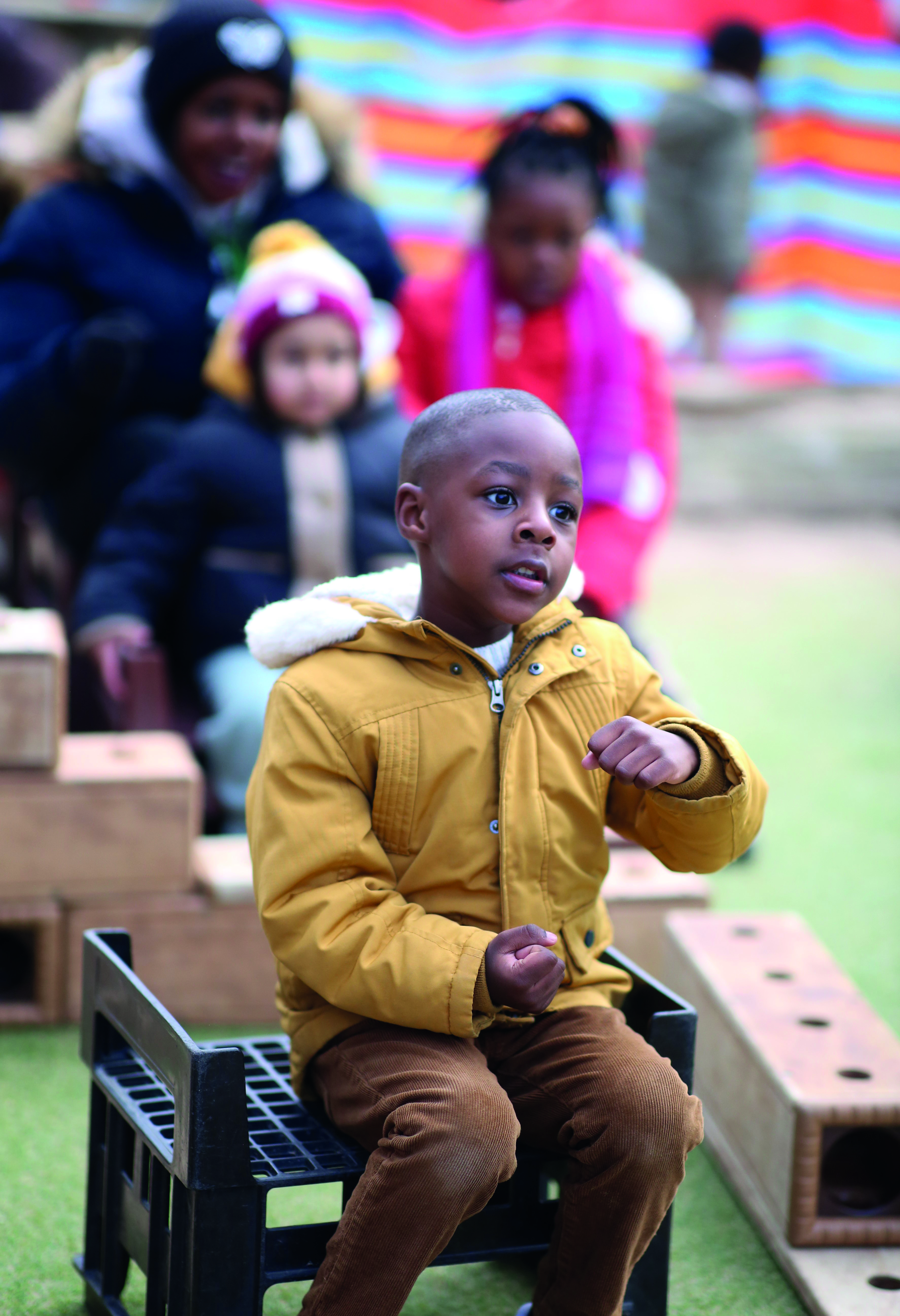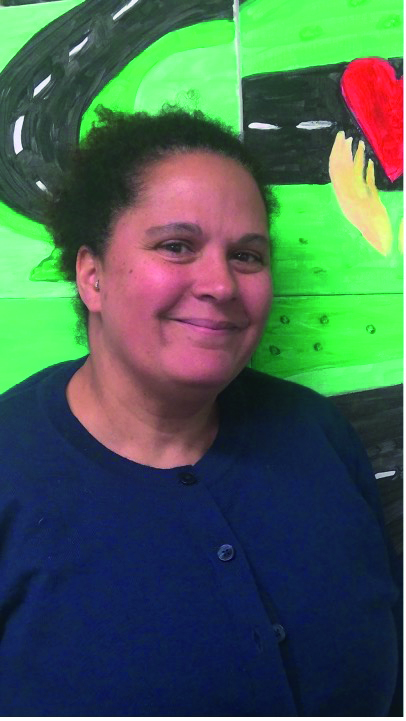
Historically robust evidence highlights the importance of quality in early childhood education and care. As Edward Melhuish et al. stated in their 2015 review, ‘the positive impact of childcare quality on various aspects of children’s development is one of the most consistent findings in developmental science’.
In 2018, Iram Siraj et al. argued that ‘one strategy that can be particularly efficient for improving quality is in-service professional development (PD). Upskilling the workforce is now a priority in many countries because of inconsistency in training and the unequal quality of initial undergraduate and other qualifications.’
Having said that, it can be tricky to plan a programme that is financially efficient and offers significant impact. Angela Gamble, Information, Advice and Guidance manager at the Professional Association for Childcare and Early years (PACEY), says, ‘There is so much PD available that it can be overwhelming to navigate and make the best choices.’ This statement will resonate with many in the EYFS.
What then can professionals use to guide them in making choices that are most relevant to their needs?
LESS IS MORE
Siobhan Campbell from the East London Research School highlights the main priorities of a PD programme:
It needs to be sharply focused and easy to understand.
- Staff need to be supported to take on and embed new practices
- ‘Less is more’: don’t move on to new themes too quickly
- Consider which activities you may need to stop doing to create the space needed for people to implement new approaches.
‘In following these principles, settings have a better chance of improving practice and impact on children’, says Campbell. ‘As the saying goes, “It’s better to do one thing well than ten things poorly.’’’
QUALITY OF PROFESSIONAL DEVELOPMENT
Melissa Prendergast, deputy head teacher of Sheringham Nursery School and Children’s Centre, echoes this. ‘CPD can lead to meaningful improvements in quality and children’s outcomes, but in practice, this isn’t always the case. There isn’t any evidence to show one- off training events have an impact on improving quality. It is something of a scattergun approach.’
One-off training days, workshops and conferences can be fun and engaging, but sometimes the approach can be focused too much on entertainment rather than professional learning. While staff might enjoy this type of edutainment, it is unlikely to improve the quality of their practice.
Reflecting on the term ‘quality’ is key here. What constitutes quality in the context of PD?
RELIABLE RESOURCES
According to Gamble, the first thing to consider is the provider. She explains, ‘How and by whom the content is generated matters. It is important to ensure that it is relevant, accurate and reliable. Whatever the professional development activity is, it should always come from a reputable source.’
The basic questions to ask are:
■ Does the CPD come from a reputable organisation?
■ Is it based on robust evidence?
EVIDENCE-BASED INPUT
Prendergast points out, ‘The Education Endowment Fund (EEF) has shone a light on professional development. When we use the most up-to-date evidence, we can begin to make better informed decisions about how to choose CPD that is likely to have the most impact.’ 
The EEF’s Early Years Toolkit provides a resource dedicated to the best available evidence on early years learning and development.
However, just drawing on robust evidence will not, in itself, ensure that professional development is high-quality. The EEF has also summarised the evidence about how to ensure it has a positive impact in its 2021 guidance, Effective Professional Development.
In line with this guidance, effective PD in the early years needs to: build practitioners’ knowledge, motivate practitioners
develop practitioners’ childcare and teaching techniques, and help practitioners to embed new practices in their daily work.
One of the implications of this approach is that all practitioners need to be actively involved in CPD, and they need plenty of time to practise new techniques until they become part of their regular work. Mandy Young, in the case study (below), explains how this approach was used in the Newham Communication Project.
This is a stark contrast to other models. One common approach is to train the whole team and assume that everyone will implement the new practices. However, implementation is hard, and staff will need ongoing support to change their approach. The ‘train and pray’ approach is unlikely to work.
Another common approach is the ‘cascade model’, where one person is trained and expected to ‘cascade’ their learning to the rest of the team.
Prendergast has used this model before but now rejects it. Instead, she favours whole-team PD at the start of any programme of change. Whole-team PD can be followed by further in-depth training for a member of staff with leadership responsibility on the ground, like a room leader. ‘This way we have a more secure method of ensuring that the PD impacts practice and ultimately the children’s development’, she argues.
Prendergast has been part of developing the Early Years Conversation Project (EYCP), a new programme that will be trialled by Early Years Stronger Practice Hubs. She explains, ‘In EYCP, the main person receiving the training is the “EYCP champion” and our aim is for them to understand the evidence base, what the strategies look like and change their behaviour. Through an informal buddy system, they support their colleagues to begin to understand the strategies and how they can change the overall quality of talk in the provision.’
ASSESSING THE SUCCESS (OR NOT) OF TRAINING
A crucial aspect of any PD is ensuring that it has impact on everyone taking part. Does it help practitioners to develop professionally, as well as improving quality across the whole setting? Gamble argues that ‘the most important part of doing any CPD is the reflection. I think of it as the ‘so what’ – you’ve done a training course, you’ve watched a webinar, what now? Certificates of attendance, for instance, don’t offer any insight that you learned something or, indeed, any evidence it’s made a difference.’
One such way of doing this is using a specific model of critical reflection. PACEY has developed a tool for recording practitioners’ reflections of CPD. Gamble explains, ‘Our Certificates of Reflection give you the opportunity to evidence why you are doing the CPD; what you have learned from it; what you are going to do with the learning; how will it enhance your practice; and, most importantly, what has been the impact for the children in your care.’
Professor Becky Francis CBE, chief executive of the EEF, underlines the vital importance of professional development to achieve the best outcomes for children.
‘Supporting the early years sector in its vital work is crucial if we want to see all young children – regardless of their background – get the best possible start in life and go on to achieve their potential,’ she says.
CASE STUDY: REBECCA CHEETHAM NURSERY SCHOOL AND CHILDREN'S CENTRE NEWHAM
According to deputy head teacher Mandy Young, it is always exciting to be invited to take part in evidenced- based CPD.
She explains, ‘The findings of this form of development reach far beyond the immediate setting. My involvement as a mentor in the Newham Communication Project has been one such opportunity.
‘The aim of this year-long project was to improve children’s interactions and communication by encouraging practitioners to use a specific set
of strategies. The training was informative, and research-based. The exemplars used were clear and concise: this was great for me as it helped me to have confidence when providing explanations to practitioners about practice.
‘After the training, I worked closely with a number of private, voluntary and independent nursery settings, providing guidance about how staff could implement and embed the strategies. I also mentored the leaders of the settings to help them work through any difficulties which arose.
‘I conducted a simple audit of quality before the project took place, and at the end of the project, using the Infant-Toddler Environment Rating Scale (ITERS-3)
‘The NCP was a resounding success with many settings not only improving on their ITERS-3 scores but making more time for conversation and interaction during their daily schedules. Using the strategies, practitioners really got to know children and follow their interests.
‘Practitioners I have been working alongside have told me that while they talked a lot, they now listen more, and one said that she didn’t know that a book with hardly any words could be so much fun to read.
‘I attended an Early Years Ofsted Roadshow in January 2023, which showcased the future approach to supporting children’s communication and language. I recognised that many of the messages were underpinned by the work of NCP and am proud that I am playing a small part in developing practice nationally.’
FURTHER READING
● Edward Melhuish et al. (2015) ‘Fostering Effective Early Learning: A review of the current international evidence...’
● Siraj et al. (2018) FEEL Study
● EEF (2021) Effective Professional Development









